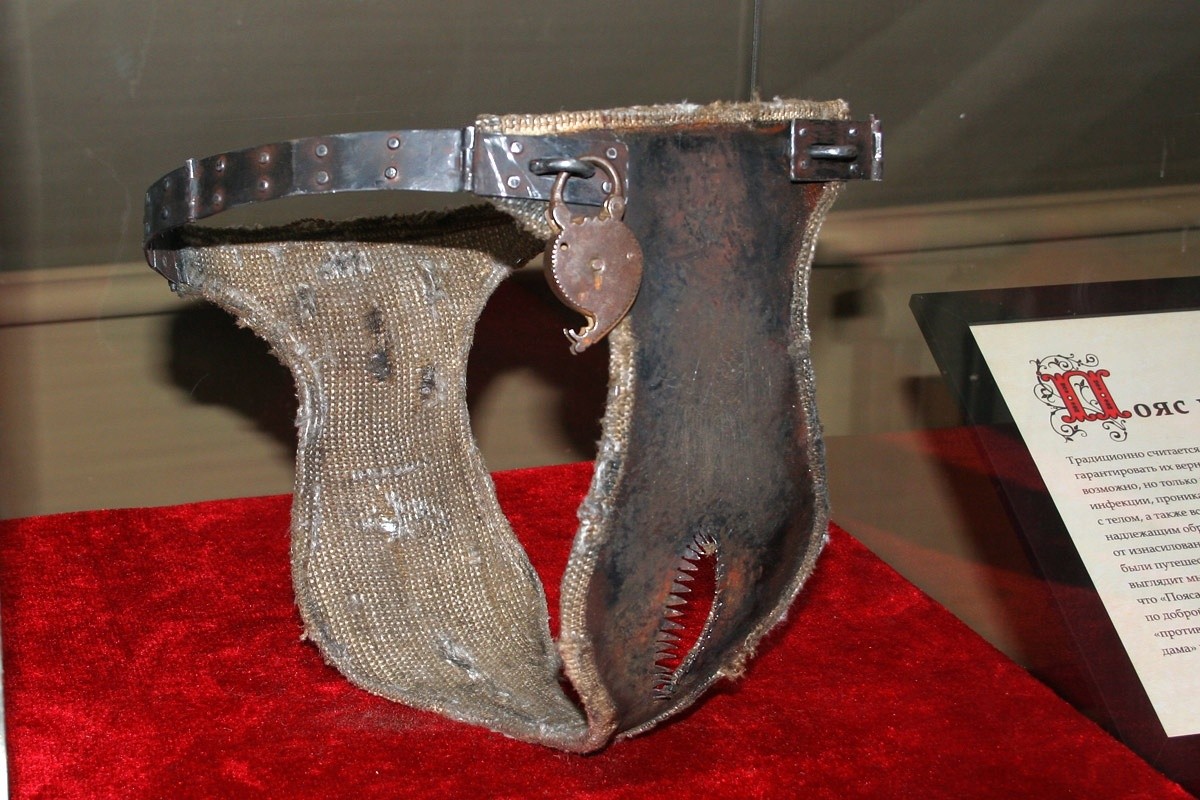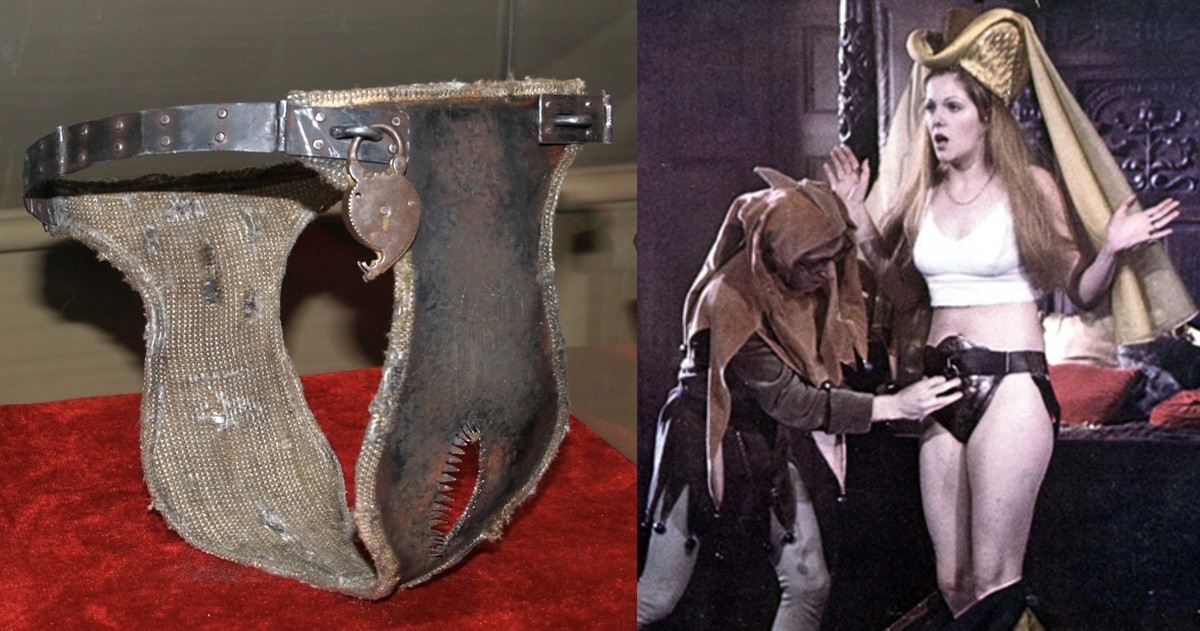The Iron Lie of the Chastity Belt: Did Medieval Lovers Really Wear a Locking Cage?
The legend of the chastity belt travels centuries as a sharp, persuasive image. The familiar scene goes like this: a noble knight rides off to the Crusades, and before he leaves, he locks his lady into a metal belt with a key. The story evokes protection and jealousy, but did such a device ever exist—or is it a late moralizing fantasy?. On the surface, the idea seems simple: a man leaves, a woman stays behind. Yet imagining a woman wearing a metal belt for weeks or months reveals a grim reality: no hygiene, no ventilation, no comfort. Infection or tissue damage would be a real threat, which helps explain why concrete references to these devices in medieval sources are so rare and valuable.

In This Article:
From Legend to Literature: How the Belt Entered the Imagination
The first recorded mention of a 'belt of chastity' does not come from noble diaries but from a technical treatise, Bellifortis, published in 1405 by engineer Konrad Kyeser. Among catapults, ladders, and fortifications appears a belt with a lock—perhaps a joke, perhaps a surreal project. Later, in the 16th–17th centuries, similar images circulated across Europe, but only as satire and caricature. Germans, Italians, and French mocked the idea of an overly vigilant husband and a wife clad in “armor” rather than evidence of a real device. No authentic medieval examples are known; most claims rely on later forgery or mis dating.

First Mention and the Rise of Satire
The true flowering of the myth comes in the 19th century, when morality, lace, and double standards sought dramatic symbols of a ‘dark past.’ The chastity belt became a convenient emblem to suggest how wild the old world supposedly was compared with civilization. The belt appeared in theatrical productions, museum forgeries, and even erotic engravings—media that visualized a fantasy rather than a verified reality. In short, the belt existed mainly as a symbol, not a proven artifact.

The 19th-Century Rebirth: Morality, Theater, and Film
The Victorian era’s hunger for sensational pasts gave the chastity belt a vivid comeback. It served as a tangible reminder of “how barbaric” earlier ages supposedly were, a prop in stage plays, pop museum pieces, and later in erotic engravings and cinema. In reality, there is little to no evidence that such devices existed in medieval life. The modern myth grew by reimagining the past to feel morally superior in the present.

Reality, Symbol, and Reflection: What It Teaches Us
Even if a medieval husband truly forced his wife to wear a metal belt, the idea collapses under basic questions: how would she wear it, sit, move, or avoid infection without antibiotics or proper diagnostics? Most people would not survive such a “test of fidelity” for long, and few would risk it for a symbol. In the end, the belt became less a device and more a symbol of fear, distrust, control, and a peculiar fetish. The Middle Ages provide the backdrop; interest in the topic grows only later, as people used harsher myths to feel more modern. What do you think? Did such a device ever exist, or is it a late moralizing fantasy? Share your view in the comments.

